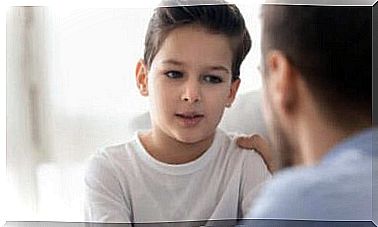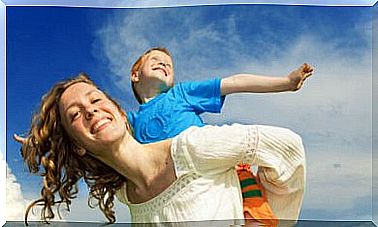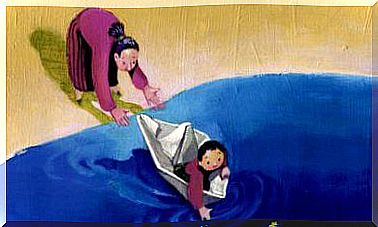Everything We Publish Stays On The Internet Forever

What we publish on the internet cannot be easily deleted. If any information, image or video of our children, siblings or grandchildren, for example, goes viral, it will accompany that person for life. The cyberbullying , or virtual violence may be encouraged by our own publications.
It is not necessary to go to extremes to understand the consequences of our digital acts. Nowadays, it is known that everything we make available in the virtual world is stored there. No matter how hard we try, we’ll never be able to eliminate it completely.
For these reasons, we must be especially careful about what we and our children publish. We should think twice, or more, before publishing anything, however much it seems appropriate at the time.
Excessive exposure and virtual violence
Virtual violence, also called cyberbullying , can start between 10 and 12 years of age. Most children nowadays live connected and send photos, for example, through electronic devices. Not to mention the content posted by family members. Images of yourself are content subject to being used by virtual bullying.
A funny, inappropriate or badly taken photo can become the beginning of digital violence. Other children can save the photo and post it elsewhere, add offensive comments, and even modify it. This is something very common nowadays in social networks.
The consequence of these publications is that such content can reach many people. All you need to do is have a page, a profile or be part of a group to make some content go viral. The results can be traumatic for the child or adolescent involved.

When we publish on the internet…
The current dynamic on social networks seeks to exalt the funny, irony and sarcasm. Our own interactions often occur to point out details or laugh at some publication. In the wrong hands, any information or image of our children can be an instrument to humiliate them.
Parents should be the primary censors of children’s publications. It’s not hard to see if content can become offensive, but any image can be modified as well.
Also, many people who post photos that show children don’t know how to tweak the privacy settings. The result: the children’s photos and videos can be viewed and used by anyone in the world.
The Sam Griner Effect
Perhaps this name is not very well known. But Sam is a boy we’ve all seen on the internet. His baby picture with a clenched fist and a distinctive expression on his face has been seen by millions of users around the world. This image became what we now know as a “meme”.
It all started because his mother published the well-known picture of Sam on her profile, in 2007. Today, we all know this image and most likely have already used it in some situation. What we often overlook is that this photo is of a real person.
This Sam Griner experience can happen with any photo we post on the internet. All it takes is for someone with influence on Facebook or Instagram to post the image. There are very popular users who are dedicated to doing this kind of thing.
What types of photos should we avoid?
- Face photos. It’s not good to post photos in which a child appears making faces and exaggerated expressions. Very marked expressions are the main source of funny memes and pictures on the internet.
- Nude images. As much as our child is a baby , publishing this type of photo is dangerous. We must remember that there are users and pages that are dedicated to pedophilia and child pornography.
- Images with suggestive poses. This applies especially to young people. On the internet, there is space for content of all kinds. What appears to be an innocent pose can turn into viral content.

Two recommendations to protect what we publish on the internet
The habit of maintaining a private profile on social media is a good way to protect our children’s data. On Facebook, there is a setting so that only our friends see our posts. Twitter and Instagram also let you control who has access to our profiles.
We must control the appointments we make of family and friends. When content is tagged, it can be seen by other people we don’t even know. It would be recommended that our family members notify us before publishing anything about our children.
In short, reviewing what we post on the internet is necessary to protect our children’s emotional well-being and privacy. This recommendation applies to children, but also to parents of teenagers.









